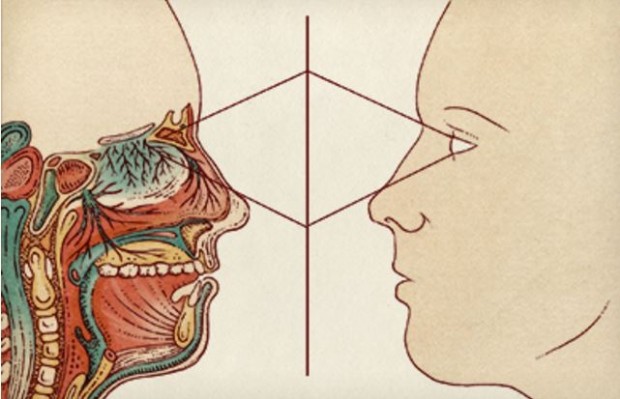Hand and face transplants might sound like something from a science fiction novel. Need a new face because of an accident and you can just get a transplant. Same thing for hands, right? Eight years ago science fiction became science fact with the first successful face transplant. Now, The U.S. Federal Drug Administration is sorting out regulations and standards of care for future transplants.
As of now, face and hand transplants guidelines are determined by the doctors and hospitals that perform them. The guidelines vary depending on the physician and hospital meaning the standard of care varies. While there is always pre and post-op procedures, not all hospitals check with organ banks for the tissue they need. The amount of post-op monitoring also varies from doctor to doctor.
As soon as July, however, these procedures will have to conform to a standard set forth by the FDA. These regulations will include rules governing the technical expertise of the hospital and surgeon that perform the surgery, patient waiting lists, and outcome monitoring and reporting. Right now outcome reporting is submitted voluntarily to a global database.
Not only will the regulation dictate the surgeries but also how people can opt-in as donors for such procedures. Right now there is no way to volunteer as a donor as you would to be an organ donor. There are suggestions that the regulations be stricter for those who want to donate face and hand instead of internal organs.
“The consent process for the life-saving organs should not, must not, be derailed by a consent process for a different kind of organ,” said Suzanne McDiarmid, of the United Network for Organ Sharing (UNOS), which currently oversees the US transplant system. “[One] that the public might think of as being very different from donating a kidney or a heart or a liver.”
[via The Verge]

 Email article
Email article




